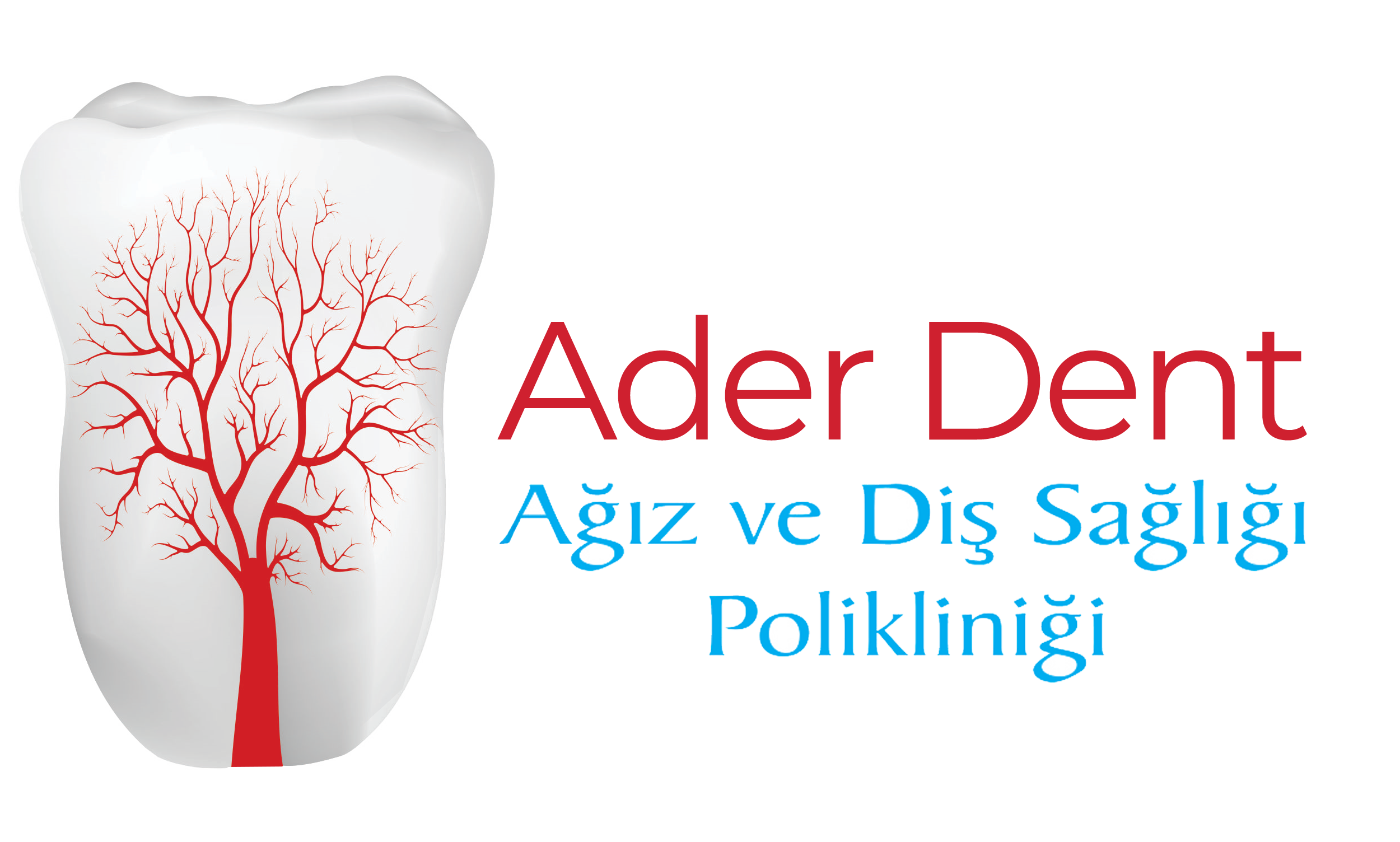Odontogenic infections are inflammations that originate from the teeth and surrounding tissues. These types of infections typically develop due to deep dental caries, trauma, advanced periodontal disease, or failed root canal treatments. If left untreated, they can threaten not only oral health but also overall systemic health. Therefore, early diagnosis and appropriate treatment of odontogenic infections are of great importance.
Spread and Serious Consequences of Infection
Odontogenic infections begin locally but can spread to surrounding tissues, the jawbone, or soft tissues over time. As the infection progresses, it can lead to large abscesses in the face and neck, cellulitis, or even systemic infections.
Dental infections may progress silently, damaging bone structures and triggering serious conditions like osteomyelitis. This is more common in individuals with weakened immune systems, patients undergoing chemotherapy, those with diabetes, and the elderly.
Symptoms of Odontogenic Infections
Common symptoms of odontogenic infections include intense toothache, swelling, throbbing, limited jaw movement, difficulty opening the mouth, and increased warmth in the affected area. When the infection becomes systemic, general symptoms such as fever, fatigue, and malaise may also appear.
Are Antibiotics Alone Enough?
While antibiotics may temporarily slow the spread of infection, they are not sufficient on their own to completely treat odontogenic infections. The root cause—typically a decayed tooth, a failed root canal, or an infected periodontal pocket—must be eliminated. Without addressing this source, antibiotics only suppress symptoms.
Therefore, extraction of the infected tooth, retreatment of the root canal, or surgical drainage of the abscess is often necessary. Antibiotics should only be used as a supportive measure, prescribed appropriately by a dentist.
Can It Lead to Severe Conditions Like Osteomyelitis?
Yes, if left untreated for an extended period, odontogenic infections can spread to the bone and cause osteomyelitis—a severe infection characterized by inflammation and destruction of the jawbone.
This condition may present with pain, swelling, foul-smelling discharge from the mouth, and fever. Treatment is often long-term and may require surgical removal of the infected bone tissue. If not treated early, the infection can reach the bone marrow. For more information on such procedures, please visit our jaw and facial trauma page.
What Happens If a Tooth Infection Is Left Untreated?
Untreated dental infections can escalate beyond a local issue, leading to life-threatening systemic effects. What may initially appear as a minor abscess can spread to the neck spaces, respiratory tract, or even the brain lining.
This spread can result in airway obstruction, swallowing and breathing difficulties. If the infection enters the bloodstream, it can cause sepsis—a potentially fatal condition. Therefore, any tooth-related pain or swelling should not be ignored.
What Happens If a Tooth Infection Enters the Bloodstream?
If a dental infection reaches the bloodstream, it can cause septicemia (blood poisoning), posing a risk to multiple organs and potentially leading to severe systemic dysfunction.
Endocarditis (infection of the heart valves) may develop, kidney function can be impaired, and serious respiratory issues may arise. This progression is especially rapid in individuals with weakened immune systems. Hence, dental infections should never be regarded as merely oral problems but must be taken seriously for their systemic impact.
How Are Odontogenic Infections Treated?
Treatment of odontogenic infections may require surgical intervention to prevent the spread of infection. Procedures such as abscess drainage, antibiotic therapy, and, when necessary, tooth extraction are commonly performed.
With early diagnosis and proper treatment, the spread of the infection can be controlled, preventing more serious health complications. If symptoms such as severe pain, facial or neck swelling, difficulty swallowing, or fever occur, a dentist should be consulted immediately.
In individuals with weakened immune systems, these infections can spread rapidly, making early intervention critical. Additionally, to restore the appearance and function of teeth after infection, aesthetic dentistry options may also be considered.


 TR
TR




